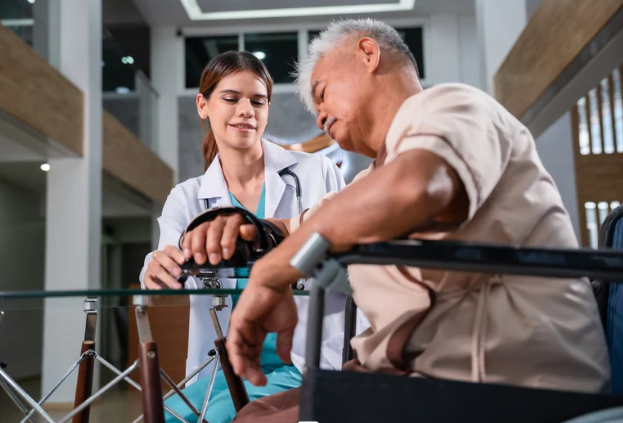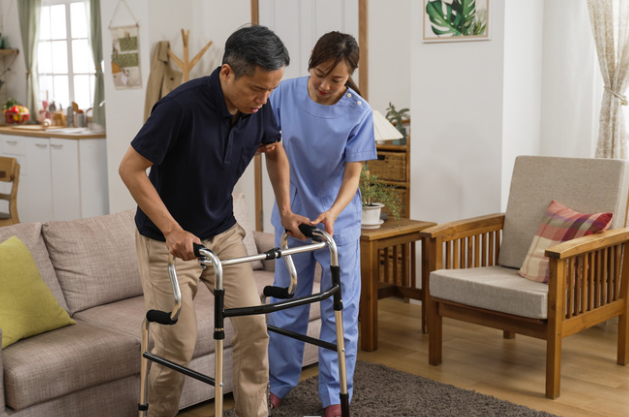Stroke
is a medical condition that occurs when the blood supply to the brain is disrupted or reduced due to a blockage (ischemic stroke) or the rupture of a blood vessel (hemorrhagic stroke). Without blood, the brain tissue does not receive oxygen and nutrients, leading to the death of cells in certain areas of the brain. This condition is life-threatening and can result in permanent brain damage, affecting various bodily functions depending on the area of the brain impacted. Stroke can lead to long-term disabilities, and timely intervention is crucial for minimizing its effects.
Stroke can affect not only older adults but also younger individuals, especially due to unhealthy lifestyle habits.
Why do people get stroke?
Non-modifiable risk factors:
- Age: The risk increases with age, especially after 55.
- Gender: Men are more likely to have a stroke at a younger age, but women tend to have higher rates as they age.
- Family history: Having a close family member who has had a stroke can increase your risk.
- Ethnicity: Certain racial or ethnic groups may have a higher risk, such as African Americans and Hispanics.
Modifiable risk factors:
- Hypertension (high blood pressure): This is one of the most significant risk factors for stroke.
- High cholesterol: Leads to plaque buildup in arteries, increasing stroke risk.
- Diabetes: Increases the risk of both ischemic and hemorrhagic strokes.
- Smoking: Damages blood vessels, leading to increased risk of stroke.
- Stress: Chronic stress can lead to unhealthy behaviors (like smoking or overeating) and increase blood pressure.
- Obesity: Increases the likelihood of other conditions like hypertension and diabetes.
- Sleep disorders: Conditions like sleep apnea are linked to increased stroke risk.

Can stroke be prevented?
Yes, stroke can be prevented by managing risk factors. Some preventive measures include:- Controlling high blood pressure and cholesterol levels.
- Maintaining a healthy diet and regular exercise.
- Avoiding smoking and excessive alcohol consumption.
- Managing stress and ensuring adequate sleep.
- Regular health check-ups to monitor conditions like diabetes and hypertension.


Can stroke be treated?
Yes, stroke can be treated, but the effectiveness depends on how quickly medical intervention occurs. Immediate medical attention can significantly improve outcomes, especially for ischemic strokes, where clot-busting medications or surgical procedures may be used. For hemorrhagic strokes, surgery may be needed to stop bleeding. Rehabilitation therapies, including physical, occupational, and speech therapy, are often necessary for stroke recovery. However, the sooner the treatment, the better the chances of minimizing damage and improving recovery.

Don't let STROKE happen! Stroke occurs due to the accumulation of risk factors. Stroke can be prevented. Stroke can be treated. Recognize the risk factors. Control them as optimally as possible.

SOP Subarashi has benefits for regenerating damaged cells in your body. It helps lower blood sugar levels and stabilize blood pressure toward normal levels in individuals with hypertension, thereby reducing the risk of stroke. Additionally, it has a patented formula that improves blood circulation, ensuring smooth blood flow throughout the body. This contributes to better cardiovascular health and helps in the prevention of stroke and other related health conditions.

